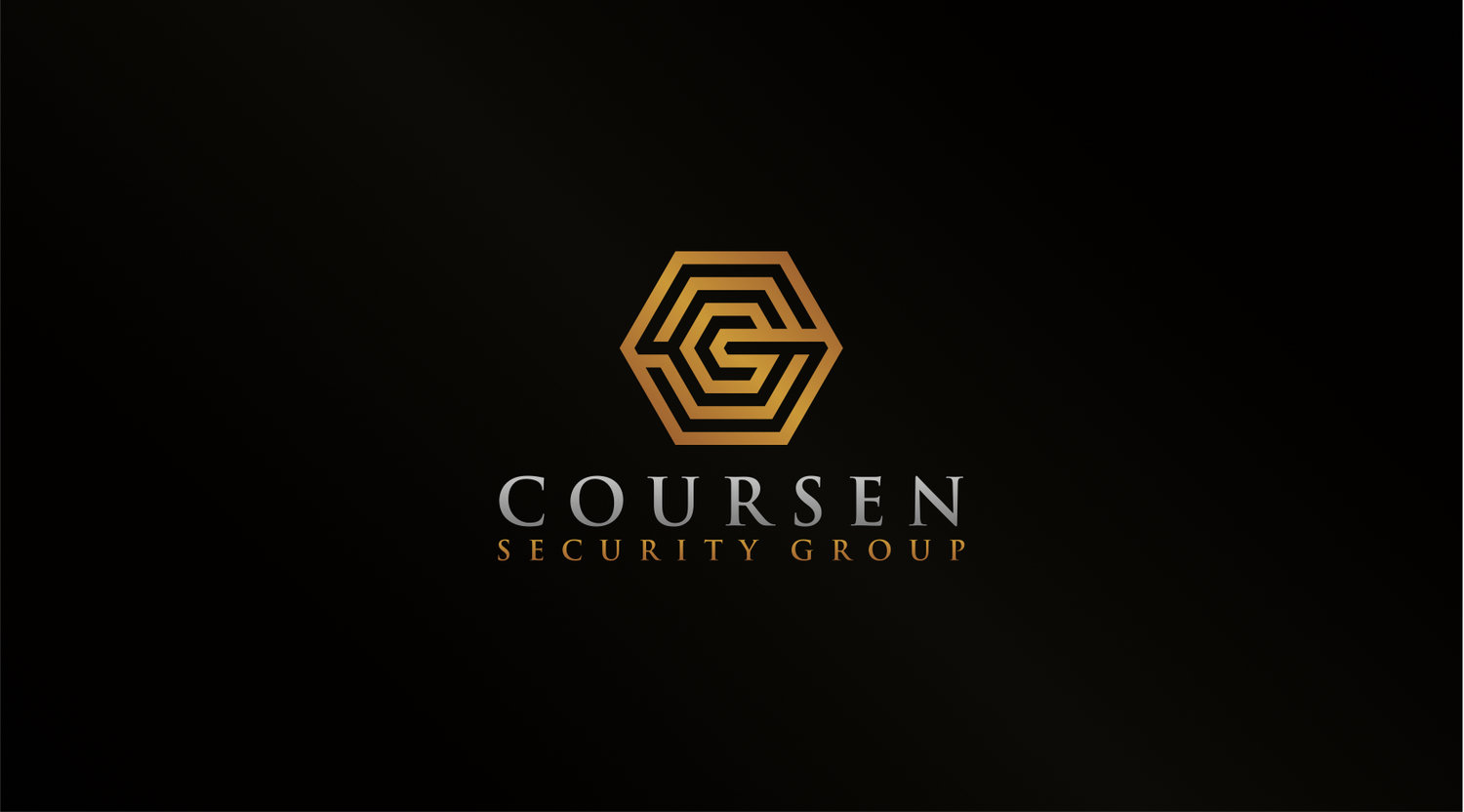- Spencer Coursen's Safety Made Simple – Daily Safety Tip
- Posts
- Manifestos, Red Flags, and Missed Chances: What Minneapolis Teaches About Violence Prevention
Manifestos, Red Flags, and Missed Chances: What Minneapolis Teaches About Violence Prevention
Social media made us loud online but silent in real life — and our unwillingness to speak up is fueling preventable violence.

The recent shooting in Minneapolis should not surprise us. Horrify us, yes. Shock us, no. Because the warning signs were there all along.
The shooter’s manifesto was not the ramblings of someone acting on an impulse. It was deliberate. It was modeled on past attackers. It was a case study in premeditation. Add to that the behavioral anomalies of fixation, obsession, and limerence — that were not just present but observable — and still, nothing was done.
This is the uncomfortable truth: targeted violence doesn’t “just happen.” It escalates. First comes fixation. Then ideation. Then planning. Then execution. The point of intervention is not at the door of the church, the school, or the office building. It is in the days, weeks, months, and years before, when someone is spiraling and signaling their despair to the world.
But acting on those signals requires something simple yet increasingly rare: that we actually care enough to get involved.

“Our Willingness To Help Another Is Often The First Step To Saving Ourselves” — Spencer Coursen, The Safety Trap
“Our willingness to help another is often the first step to saving ourselves.”
The tragedy is that so many who “act out” don’t know how to ask for help in healthy ways. Lacking the emotional intelligence to say “I’m struggling,” they self-identify as being in crisis through fixation, anger, or disruptive behavior.
And yet we, as a society, routinely fail to respond.
Why?
Part of the reason is the bystander effect. The bystander effect is a social phenomenon where individuals are less likely to help someone in need when others are present. Each person assumes “someone else will step in,” which leads to the safety trap of “shirking responsibility.”
Bottom line: The more witnesses there are, the less personal responsibility anyone feels to do something.
Too often, this silence allows preventable harm to occur.
Part of it is cultural. Social media has trained us to invest in para-social behavior—sharing opinions, critiques, and feelings about strangers online — while our capacity for pro-social behavior in real life has withered. We are quick to comment on the lives of people we will never meet, but hesitant to ask, “Hey, are you okay?” to the colleague, classmate, or neighbor right in front of us.
This detachment is not harmless. It is lethal.
The lesson from Minneapolis is clear: prevention is not technology, it’s humanity. It’s choosing to ask, “Are you okay?” before typing, “Did you see this?” It will come from us choosing to show up for each other, in real life. To put our hearts before hashtags. To put people before posts. Communities before clicks. Neighbors before notifications. Compassion before commentary. Because the path to violence is a progression. The only way to stop it, is to interrupt it before it begins.
Minneapolis Shooting: Hard Truths We Need to Face
Premeditation Was Obvious
The Minneapolis shooter’s manifesto wasn’t impulsive. It was deliberate, modeled on past attackers, and filled with signs of planning and intent.Behavioral Anomalies Were Visible
Patterns of obsession, fixation, and limerence were routinely observable, yet went unaddressed. These are the red flags we need to act on before they escalate to execution.Early Intervention Matters
Violence doesn’t begin at the moment of attack. It starts with fixation. If we don’t step in early, we lose the chance to redirect the trajectory.We Are Required To Care
At the end of the day, prevention demands something simple but increasingly rare: that people actually give a damn.Acting Out is a Cry for Help
“Our willingness to help another is often the first step to saving ourselves.” Most offenders don’t have the emotional intelligence to ask for help directly. Instead, they act out through dangerous, self-identifying behaviors that scream for intervention.The Bystander Effect is Deadly
When many people see the same red flags, everyone assumes “someone else” will say something. Too often, no one does. Silence becomes complicity.Social media has elevated para-social interaction while eroding pro-social connections.
We’ve grown accustomed to endlessly commenting, critiquing, and sharing thoughts about people we’ll never meet, yet rarely extend that same energy to the people we actually know. The result is an alarming decline in authentic engagement with our real, interpersonal relationships – and the communal disconnection is proving deadly.
Disagree with anything? Hit reply—I always read your responses.
Live Smart. Stay Safe.
Did you find this helpful? Why not share it with a friend? You never know when one small shift in awareness could help keep them safe, too.
Were you sent this from a friend? Consider subscribing to learn my tips and tricks to help you protect what matters most.

